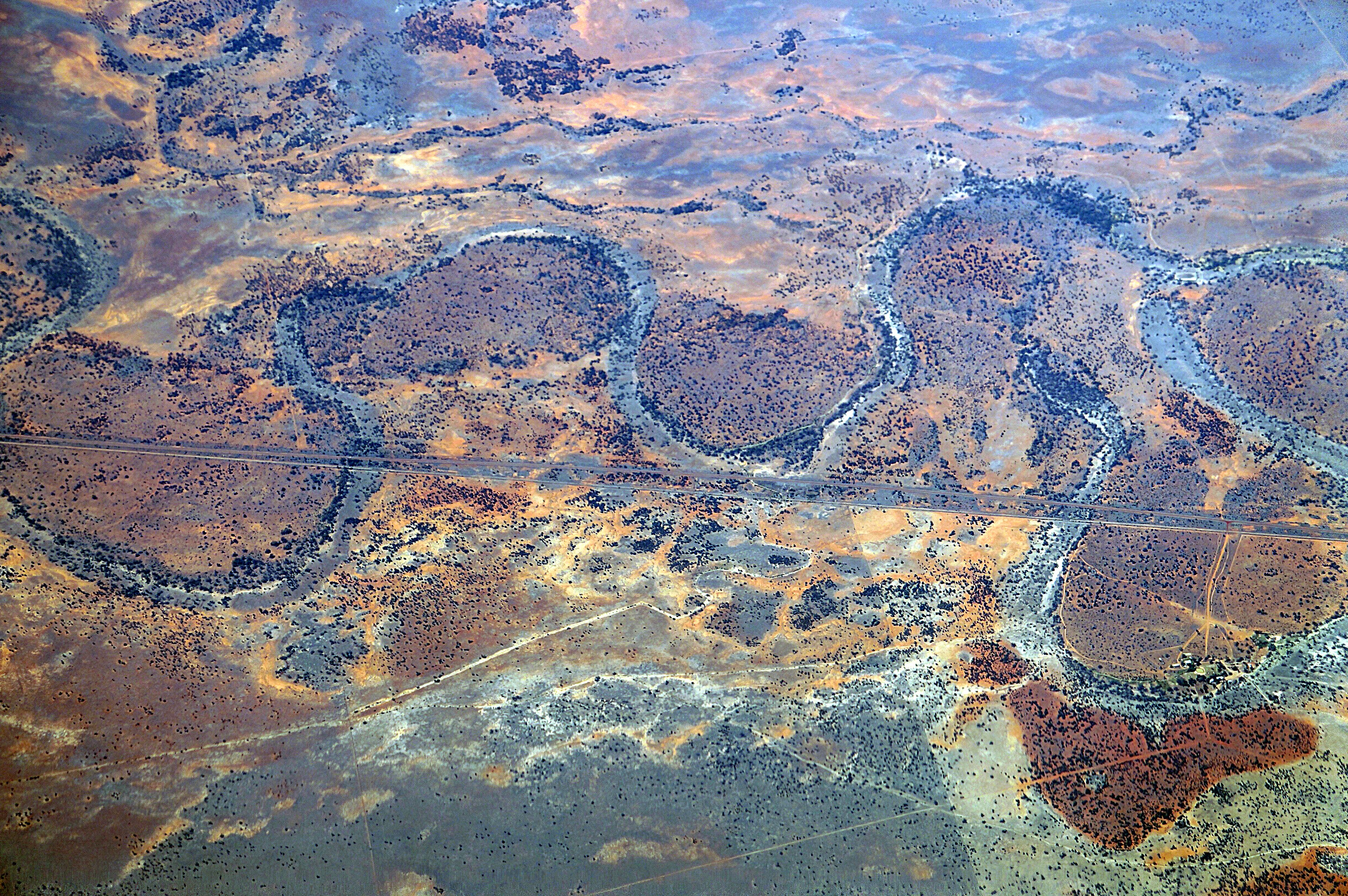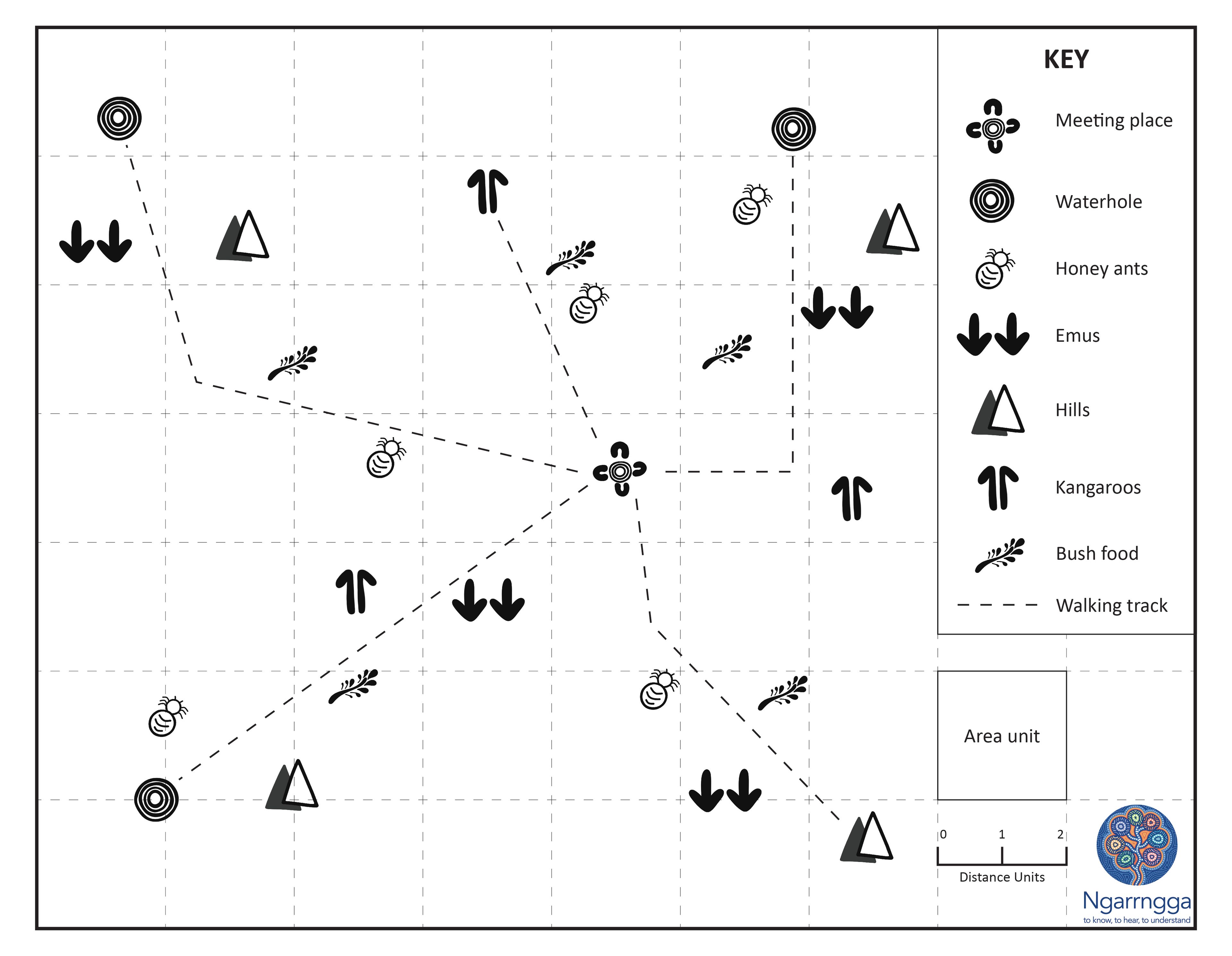Home/Curriculum resources/Reading and navigating through songlines/Activity 1: Modes of Communication
Learning Areas:
English, Humanities and Social Sciences, Mathematics, The Arts
Year levels:
Level 3, Level 4

Activity 1: Modes of Communication
This activity is a part of the Reading and navigating through songlines resource.
Murray-Darling Basin. Wagga Wagga, Wiradjuri country. Photographer: Mangiwau. Source: Getty Images. Used under licence.

Activity 1: Modes of Communication
Focus: This activity explores various modes and purposes of communication. It helps students connect their existing knowledge with new concepts and prepares them to understand songlines.
Possible overarching question: What are the different ways we communicate, and why is communication important?
Step by step guide
Step 1: Communication Images Gallery Walk
Step 2: Investigation into the modes and purpose of communication
Step 3: Reflection and sharing
Step 4: Overarching question reflection
Required Resources:
Teacher Support Material
Gallery Walk Images (place around classroom prior to lesson)
Sticky notes three different colours

Step 1: Gallery Walk Modes of Communication
Begin by introducing the overarching question, prompting students to keep this question in mind during the Gallery Walk.
Provide students with two different colours of sticky notes. Have students use one colour for noting down the communication modes they observe and the other for the purpose. If the vocabulary of modes and purpose is unknown to your students spend some time unpacking this.
Students walk around the classroom observing the images, record their thinking on sticky notes and place these on the image.
After the Gallery Walk, have students pair up and share what they notice. Possible prompts for partner sharing:
What modes of communication seem to feature more often verbal, symbolic, written, artistic, etc?
Can we possibly group the different purposes into categories? Such as informing, helping, persuading, learning.
Step 2: Exploring ‘Modes’ and ‘Function/Purpose’ of Communication (Class Discussion)
Clearly define 'modes' of communication and 'function/purpose' of communication with students using some of the Gallery Walk images. Possible prompts:
What mode of communication is this?
What is the purpose of this mode of communication?
When you get to the map tease out the components (symbols, scale, directions) and discuss how each conveys specific information (e.g. dotted lines show walking track, animals tracks, food).

Step 3: Reflection and Sharing
Have students revisit one communication image they found intriguing and use a third coloured sticky note to express how its form affects its function. For example, the map includes a dotted pathway so someone knows what route to take, symbols of landmarks or landforms so they know what to pass on their route.
Students place their sticky notes around the images and conduct a brief sharing session where they discuss their thoughts in small groups. This is an opportunity to spend time assessing students’ understanding of the focus: to explore various modes of communication and understand their purpose.
Summarise key points from the group sharing, emphasising the diversity of communication modes and their purposes.
Step 4: Overarching question reflection
Comeback to the overarching question: "What are the different ways we communicate, and why is communication important?"
This foundational understanding will be important as students’ progress to exploring more complex communication systems like songlines.

Related activities within this resources:

Activity 2: Introduction to songlines
This activity builds on Activity 1, where students explored various modes of communication. Now, students will be introduced to songlines, a complex and integral part of Aboriginal and Torres Strait Islander cultures. Through engaging in exploration stations, and reflecting on their learning, students will explore the mode, purpose, and significance of songlines. This activity will help students start to understand how songlines connect land, culture, and communication.

Activity 3: Songlines as Navigational Guides
This activity aims to deepen students' understanding of how songlines function as navigational guides and routes for trade, ceremony, and social interaction, to find materials for tools, food, water, and shelter. Focusing on the natural and cultural landmarks that support navigation, students will explore various aspects of songlines through class discussions and case studies, concluding with revisiting the class anchor chart.

Activity 4 (Part one of three): Creating a Map/Pathway
This activity has three distinct parts. In this part of the activity, students are asked to connect their understanding of maps and mapping by creating their own personal map of a familiar space, noting key landmarks and features.

Activity 4 (Part two of three): Learning about techniques of orality and memory
Building on the skills and insights gained in part one, where students created personal maps and identified key landmarks, this activity introduces the integration of orality and memory techniques. Students will explore how stories, histories, and knowledge are conveyed through spoken word, songs, and other oral expressions.

Activity 4 (Part three of three): Applying techniques of orality and memory to map/pathway
In this final part of Activity 4, students will bring together their map/pathways from part one and the orality and memory techniques learned in part two. They will create and share oral narratives that guide someone through their map/pathway, using techniques such as song, movement, rhyme, humour, and descriptive language. This activity serves as a culminating learning experience, drawing together the sequence of learning and allowing students to apply their knowledge and skills in a meaningful way.

Supporting Reading Material
Find two student texts about songlines and supporting reading response templates.